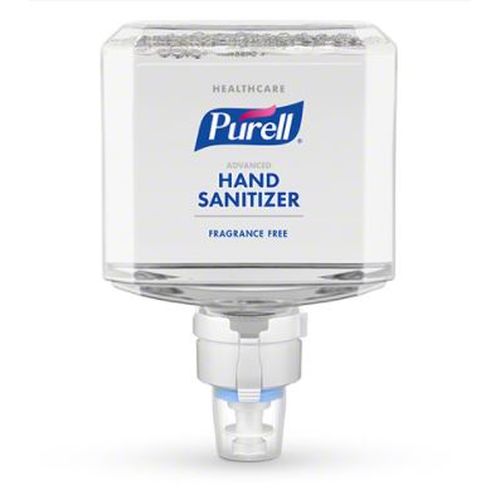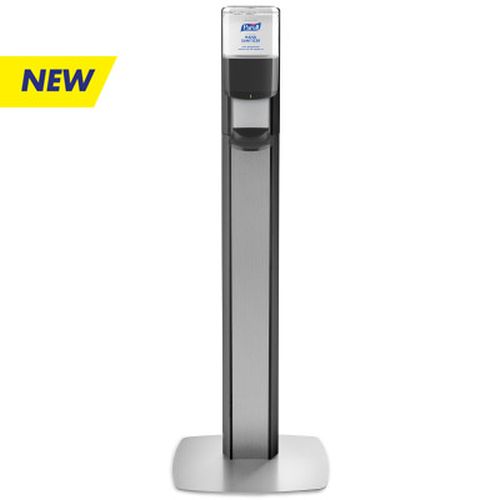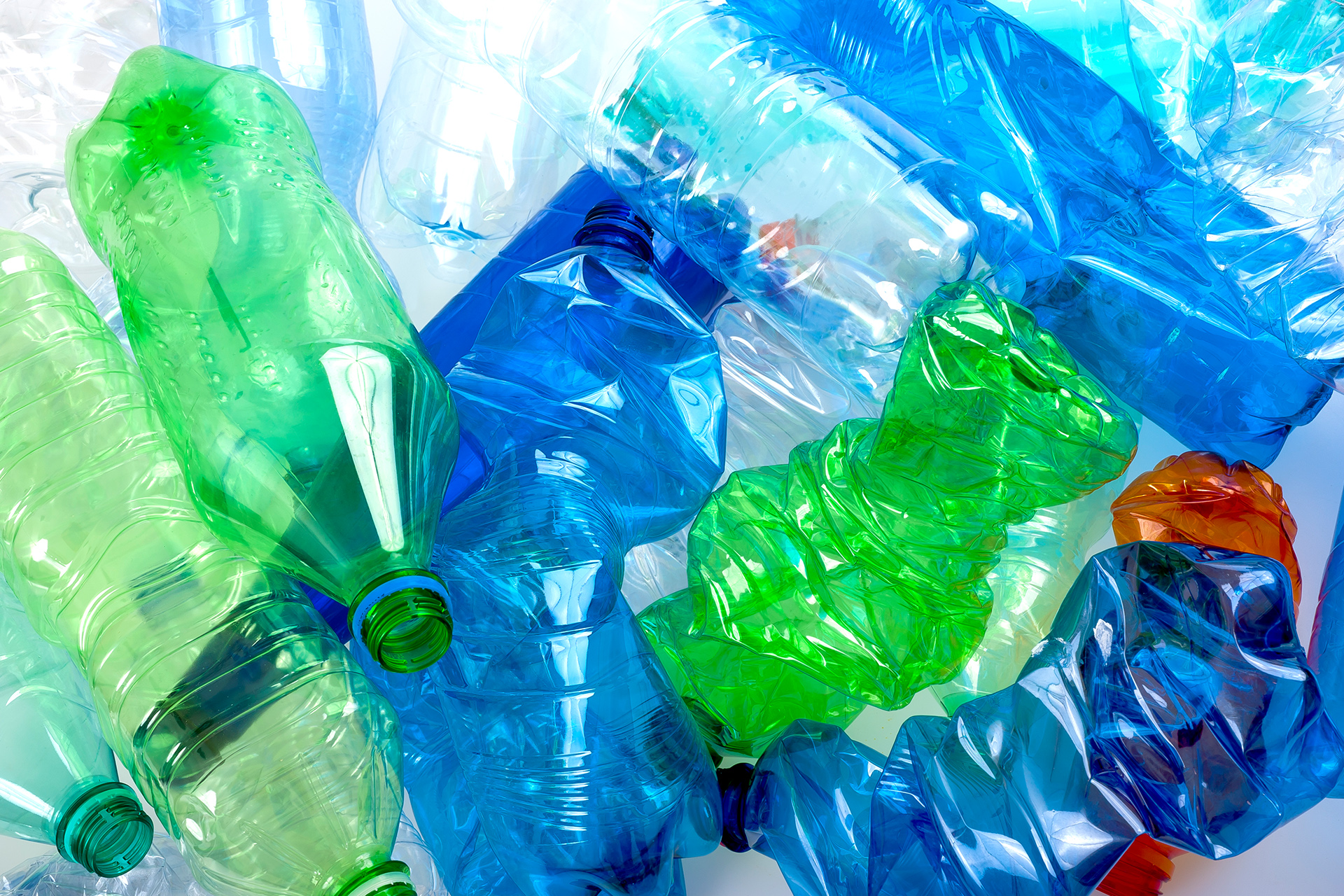Alcohol-based hand sanitisers play a role in reducing germs on your hands that may cause illness. In fact, practicing good hand hygiene – handwashing with soap and water or using an alcohol-based hand sanitiser when hands are not visibly soiled – is one of the most effective ways to kill germs that may cause disease.
The World Health Organization (WHO) and Centers for Disease Control and Prevention (CDC) recommend the use of alcohol-based hand sanitiser in healthcare because it is safe, convenient, and highly effective.1 In a time when hand hygiene is so vital, but misinformation is prevalent, it’s important for us to understand the facts about hand sanitisers. Be prepared to respond to common myths about alcohol-based hand sanitiser with these truths.
Myth #1: Using hand sanitiser creates antibiotic resistance.
Truth: The use of PURELL® Antiseptic Hand Sanitiser does NOT cause antibiotic resistance.
Antibiotics are ingested and operate completely differently than alcohol-based hand sanitisers. The alcohol in hand sanitiser quickly kills a broad spectrum of germs and is not left on skin to let the germs become resistant.
According to the Centers for Disease Control and Prevention (CDC), the primary cause of antibiotic resistance is the overuse of antibiotics.2
Myth #2: Hand sanitisers create supergerms.
Truth: The use of PURELL® Antiseptic Hand Sanitiser does NOT create supergerms.
This myth is similar to Myth #1. “Supergerms” is a term used to refer to hard to kill microbes that can make you sick. Ethyl alcohol, the active ingredient in PURELL® Brand Hand Sanitisers, rapidly destroys the cell membranes and denatures the protein – which means it’s not left behind to let the germs become resistant or become what some people call “supergerms.”
Myth #3: All germs are the same.
Truth: All germs are NOT created equal. There are transient organisms (illness-causing pathogens, aka bad germs) and resident organisms (good germs).
There are two types of germs. Resident organisms live on our skin at all layers of the skin. Transient organisms are acquired as you touch something – think railings, menus, remote controls, or door knobs – and can be transmitted into your body to make you sick – or can make someone else sick, when they touch objects that you have touched.
Myth #4: Using hand sanitiser kills all of the germs, even the good germs.
Truth: PURELL® Antiseptic Hand Sanitiser helps maintain the normal microflora of the skin.
Alcohol-based hand sanitisers reduce the transient organisms – the goal being to reduce illness-causing germs below the infectious dose (what your immune system can handle). Hand sanitisers do reduce the resident organisms, or what some people call the “good germs,” but those good germs quickly grow back and remain as our normal microflora. Hand sanitising or hand washing does NOT sterilize or eliminate all microbes on your skin! 3, 4
Myth #5: All alcohol-based hand sanitisers are the same.
Truth: The formulation matters, not all sanitisers are the same.While the active ingredient and percentage of alcohol is important, the total formulation affects the antimicrobial efficacy (how fast it works and the types of microbes it kills). The product also must deliver good skin care performance – at least not damage the skin. It also needs to provide a good sensory experience: if it’s enjoyable to use, you are more likely to use it at key moments. In addition to being effective and pleasing to use, the product must also be safe to use.
PURELL® Products adhere to the highest standards of product formulation and production – only sourced from suppliers who offer ethyl alcohol suitable for OTC drug products. We conduct rigorous quality testing of both the alcohol and the finished PURELL® Hand Sanitiser to ensure it meets FDA drug product quality requirements. In addition, GOJO has always included a denaturant in PURELL®Alcohol-Based Hand Sanitiser to help deter misuse.
Myth #6: Hand sanitisers can make claims about its effectiveness against viruses.
Truth: The TGA does not allow any manufacturers of hand sanitizer or soap to make claims about the efficacy against any specific virus.
Hand Sanitisers are over-the-counter drugs and are regulated by the TGA. A claim around efficacy of PURELL® Hand Sanitiser against any specific virus would be an off-label claim, and not allowed under the TGA rules (without written approval by the Department of Health Secretary). The claim is required to be more general, such as: PURELL® Antiseptic Hand Sanitiser kills 99.99% of most common germs that can make you sick.
Myth #7: Frequent use of hand sanitizers dries out my hands.
Truth: PURELL® Antiseptic Hand Sanitiser maintains or improves skin condition.
This goes back to formulation matters – PURELL® Hand Sanitisers include skin conditioners that absorb into the skin in a helpful way. PURELL® hand sanitisers have been developed to be used repeatedly without damage to the skin. Studies show that use of PURELL even in high-frequency settings like healthcare does not dry out skin. 5
The truth is that good hand hygiene, including using an alcohol-based hand sanitiser, is a great preventative measure that helps reduce germs on hands that may cause illness.
Download the Purell ES8 Touch-Free Dispensing System Flyer HERE
1. Retrieved on June 15, 2020. https://www.cdc.gov/handwashing/hand-sanitizer-use.html
2. Retrieved on June 15, 2020. https://www.cdc.gov/handwashing/why-handwashing.html
3. Mukherjee, Pranab K., et al. Effect of alcohol-based hand rub on hand microbiome and hand skin health in hospitalized adult stem cell transplant patients: a pilot study. Journal of the American College of Dermatology. 78(6): 1218–1221.e5, June 2018. https://www.ncbi.nlm.nih.gov/pmc/articles/PMC5951739/
4. Zapka, C, et al. Comparison of Standard Culture-Based Method to Culture-Independent Method for Evaluation of Hygiene Effects on the Hand Microbiome. mBio. 8(2): e00093-17, March-April, 2017. https://www.ncbi.nlm.nih.gov/pmc/articles/PMC5371408/
5. Boyce, JM, et al. Skin Irritation and Dryness Associated With Two Hand-Hygiene Regimens: Soap-And-Water Hand Washing Versus Hand Antisepsis With an Alcoholic Hand Gel. Infection Control & Hospital Epidemiology. 21 (7): 442-8, July 2000. https://pubmed.ncbi.nlm.nih.gov/10926393/











